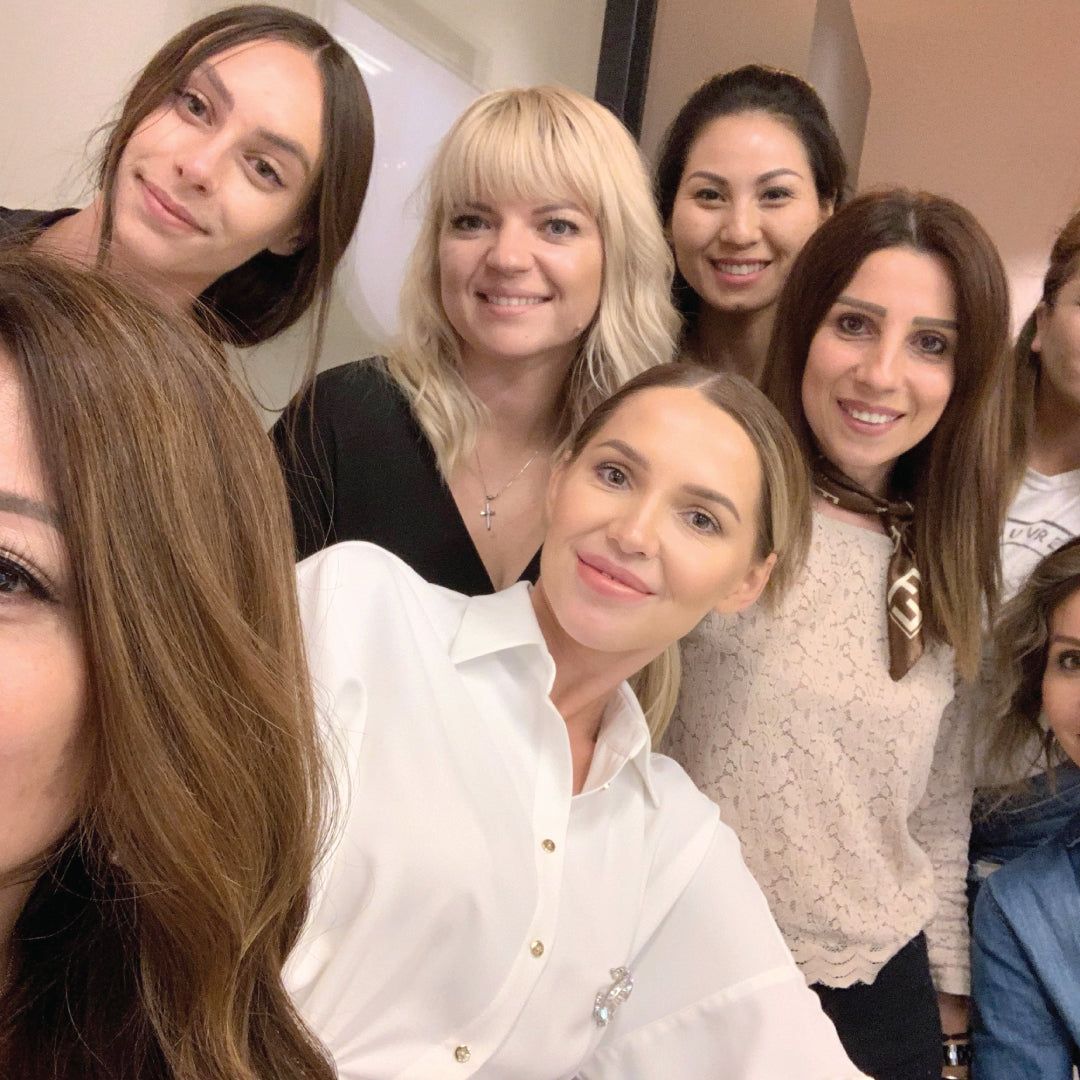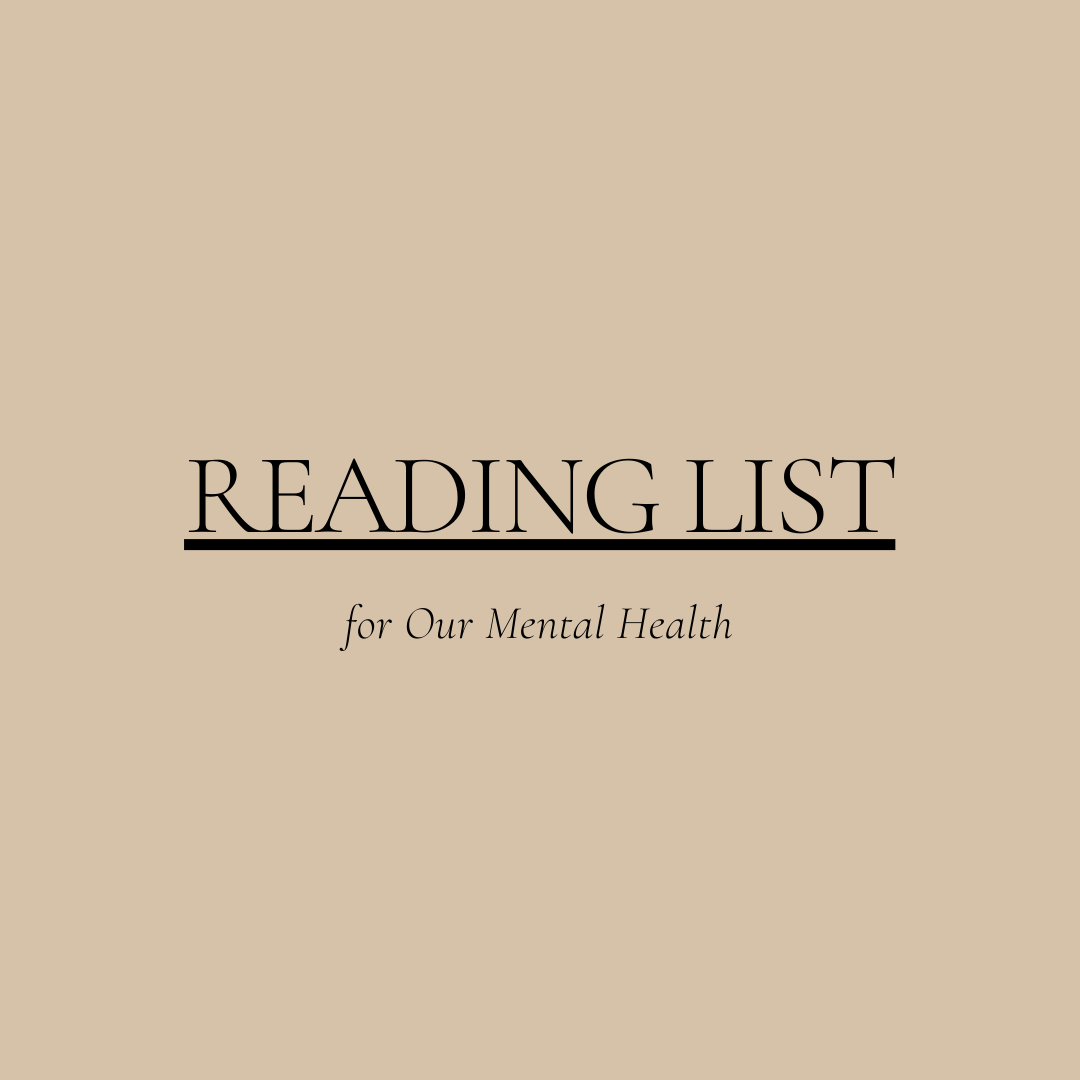Tips On Organizing And Learning From Procedures
Written by Steph McFadden
Whether you do 5, 10 or 50 procedures a week, each one presents an opportunity to learn more. As a new artist, I was constantly looking for the right technique, aftercare protocol, pigment line, or tool to take my art to the next level. I spent a small fortune on the latest and greatest, only to find that I didn’t like it, or it made little to no improvement in my art. It wasn’t until I started to focus on documenting each and every aspect of MY procedure, aftercare and touch ups, that my art really started to get better. So my tips to getting organized?
If you are not already documenting your procedures, start – NOW!
Why are having your clients complete a consultation form, if you aren’t going to use the information in it? Your consultation form should include the following:
- medical history – medications, health conditions
- skin type – dry/normal/combination/oily/thin/thick
- skin condition – pore size, sun damaged, acne, sensitive, etc.
- current skin care routine – what are they are using on their skin
- your clients lifestyle – active, loves to spend time in the sun – boating, poolside, travels south in the winter etc.
By documenting all this information not only will you be able to chat with your client about how to best care for their PMU after the procedure, but also start to notice the similarities in the healed results. Now, let's talk about the ACTUAL procedure. You are likely recording the pigment recipe, but what else are you recording about your procedure? Some things to think about:
- What technique did you use?
- What needle/blade did you use? I definitely recommend saving the back of the needle cartridge or blade package with the lot # and stapling it to your consultation form.
- What pigment line did you use? What was the ratio?
- How did your clients skin respond to the procedure? Did they bleed? Was it pin point bleeding or was it bleeding? Did it start to produce plasma/lymph immediately? Did the skin turn very red?
- How many passes did you do? How many times did you reinforce your microblading strokes?
- What speed was your machine at?
- How far was your needle out?
- Aftercare? Dry heal? Wet heal? What protocol did you ask them to follow? What did you provide?
Get real about retention and touch ups
Retention issues?? We have ALL been there!! You’ve just done your best set of brows EVER, you can't wait to post the photos on the ‘gram and are already thinking of the new clients that are going to book with you because these brows are BOMB AF! Fast forward 6 weeks and ‘brow babe’ comes in for her touch up and she’s smiling but you are thinking WTF HAPPENED to my beautiful babies!! Unfortunately 90% of retention issues are technician error, sorry fam – its true! A touch up should truly be just that, touching up minor color/shape imperfections or patchiness – NOT redoing the entire brow! Here is what I suggest recording at your touch up:
- Retention: Give it a percentage. Did you make minor or major adjustments? Why? Client request? Or Poor Retention?
- Healing: Ask your client how they found the healing? Did they experience flaking? Or did it scab? What did they love/hate about it?
- Color: How is the healed color? True to tone? Warmer/Cooler than expected?
Be honest with yourself, do the touch up and then come back to assess. By starting to record all this information with each client you will start to see patterns and similarities. No two artists have the same hands, you could use the exact same things as the best artists in the world and not have the same outcome. The more you can learn what works for YOU, the better you will become.
Assess
Compare your clients notes, look for similarities, look for the commonalities, and look for what you are doing that is working, and do more of that. If you have bomb retention with 4 passes, a single needle and a dry heal – then do more of that! Just because another brow artist says wet heal protocol is the best, doesn’t mean it’s the best for you and your clients.
Notice the similarities between skin types and conditions. Maybe you notice that women with sun damaged skin heal ashier than expected – start adding additional warmth or choosing a warmer base tone. The key to getting the best results for you and your clients can most likely be found in the work you are already doing!
If you don’t know exactly what you are doing wrong, or where your weaknesses are then how can you fix it? How can a mentor help you if you can’t explain where you are struggling or what it is you are doing in each procedure?
If you want to reach the next level in your PMU artistry find what works, and do it on repeat!



Leave a comment
This site is protected by hCaptcha and the hCaptcha Privacy Policy and Terms of Service apply.